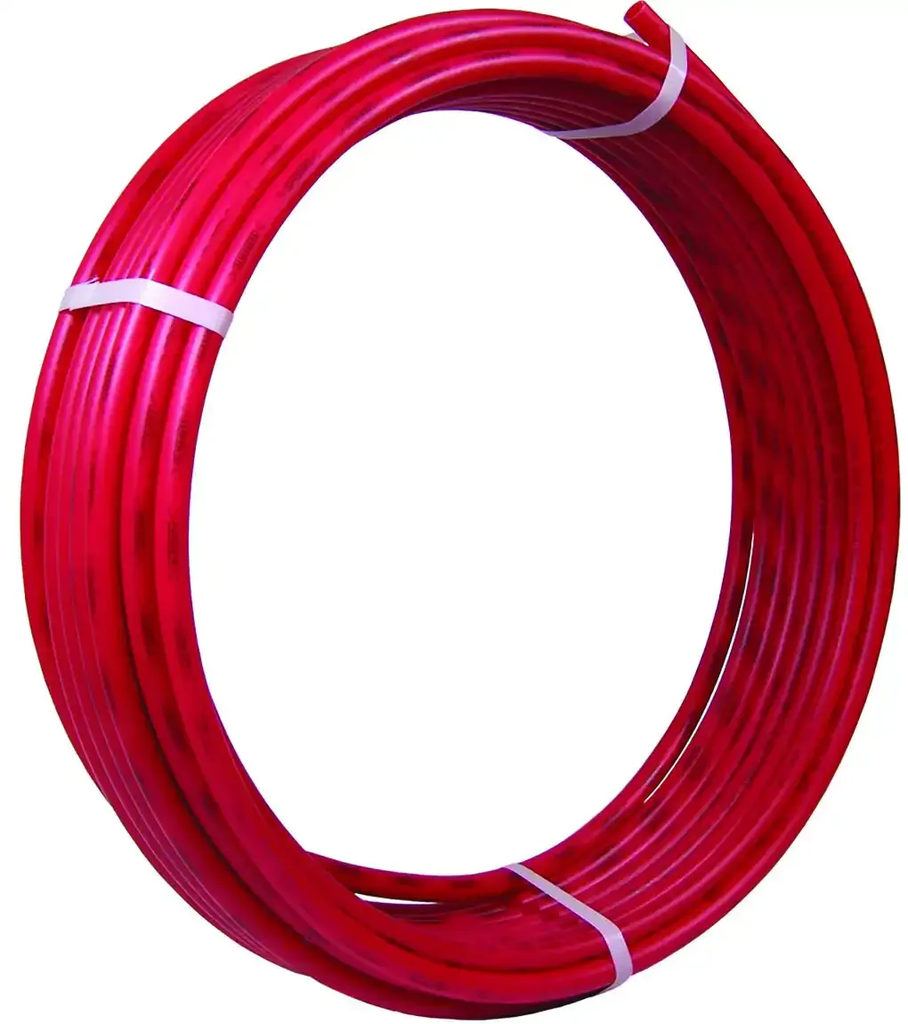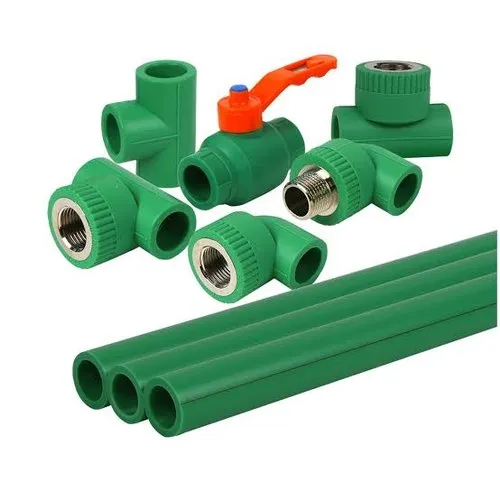- All Products
- Pipes and Fittings
- Apollo PEX Pipe and Tubes

Apollo PEX Pipe and Tubes
https://projectshub.odoo.com/shop/apollo-pex-pipe-and-tubes-441 https://projectshub.odoo.com/web/image/product.template/441/image_1920?unique=cb45370Supplier: Central Fittings Company
Country Origin:
Category: Pipes and Fittings , Water Supply
Product SKU:
About PEX piping:
Why Use PEX? What Is PEX?
Cross-linked polyethylene (PEX) is a high-temperature, flexible, polymer pipe. Cross-linking technology was first developed in Europe and has since come into use around the world for a variety of applications. PEX has a 30-year history of successful use in the European market with extensive testing for durability and material performance. It was first introduced in North America in 1984 where it has been primarily used for radiant floor heating, and more recently, for domestic water distribution systems. It is approved for potable hot and cold water supply systems in all model plumbing and mechanical codes across the United States including California and Canada.
Why Plumb With PEX?
• Easy to Install - PEX tube is joined with an easy to install test “crimp” system; no solvent welding with messy chemicals, no chance of fire hazard possibilities due to soldering
• Cost Effective - When installed using Manifolds fewer fittings are needed to install PEX; meaning you save money in material and time. PEX tubing also costs less than copper tubing.
• Availability of Pipe Sizes - PEX piping is available in a wide range of diameters.
• Energy Efficiency - PEX piping minimizes heat transmission through the pipe wall.
• Quiet - When installed using Manifolds, PEX can be run in long lengths with smoother bends, meaning less water line noise. PEX also does not amplify sound as readily as copper tube.
• Water Conservation - Well designed PEX plumbing systems can reduce the wait time for hot water to reach the fixture.
• Environmentally Sound - PEX is an inert material and does not contain volatile organic compounds (VOCs).
• Installation Flexibility - PEX systems can be installed in either a conventional “branch and tee” system or a manifold system. PEX is also great for adding fixtures off of your existing copper or CPVC system.
• Corrosion Resistant - Because of PEX’s smooth inner walls, minerals do not build up as fast as with copper tubing. It is also more resistant to the harmful effects of abrasive chemicals such as chlorine.
• Freeze Resistant - While freezing conditions often cause copper and CPVC tube to break or burst, causing thousands of dollars in water damage, PEX tube will expand several times its original size without damage. However, it is recommended that you follow all codes regarding water line freeze prevention.
Running PEX Tubing
• Extreme Temperature and Sunlight - Keep PEX tube away from extreme temperatures - 12” away from recessed lighting and 6” away from gas vents. Also keep away from attics, crawl spaces, outside walls, or insulate per plumbing codes. Also keep out of direct sunlight.
• Allow for Mistakes - Leave extra tubing at the beginning and end of runs to simplify connection to manifolds and end points. Immediate connection to the manifold or transition fittings and then making the run reduces the chance of cutting tube to short.
• Identify tubing runs - Clearly and permanently mark each run at each end to identify the fixture it supplies (hot or cold water, bathroom sink, kitchen sink, basement toilet, etc). Do not apply adhesive labels to PEX pipe.
• Thermal Expansion - Because PEX tube expands and contracts at about 1” per 100’ of pipe for every 10 degrees change in temperature you must allow for expansion and contraction in long runs. This can be accomplished with an offset or expansion loop.
• PEX and Concrete - Tubing installed within or under concrete slabs should be continuous lengths of PEX tube. No fittings beneath concrete.
• Support the Fitting - To prevent stress on the crimp joints, always support the tube before and after the fitting
• Minimum Bend Radius - Do not bend tube too tightly. The minimum recommended bend radius is six times the tube size (i.e. ½” tube = 3” bend radius). When making a 90 degree turn, use bend supports
• No Metal hangers - Metal hangers can damage PEX tube, we recommend only plastic hangers be installed. To prevent noise transfer, only use hangers that keep the tube off of the nailing surface. Hangers should be used every 32” on horizontal runs every
4’ on vertical runs. Allow the tube to dip between hangers and never over tighten.
• Tube Through Studs - Grommets should be used when running tube through studs to prevent tube damage and reduce noise transfer. Tube that is run within 2” of a stub nailing surface must be protected with a metal stud guard.
Oxygen Barrier PEX For Radiant Heating
Some applications require PEX with added oxygen barrier properties. Radiant floor heating (or hydronic heating systems) may include some ferrous (iron-containing) components which will corrode over time if exposed to oxygen. Since standard PEX tubing allows some oxygen to penetrate through the tube walls, “Oxygen Barrier PEX” tubing has been designed to prevent diffusion of oxygen into these systems.
Oxygen barrier PEX has a layer of polymer laminated to the outside surface (or sandwiched internally between PEX layers). This extra layer in your tubing will assure that no oxygen gets into your heating system. Radiant floor heating (or hydronic heating systems) may include some ferrous (iron-containing) components which will corrode over time if exposed to oxygen. The oxygen barrier and rust prevention allows you to use cast iron components in your system instead of all brass or bronze, which makes components like pumps and flanges substantially less expensive and keeps them running smoothly for longer.
PEX Oxygen Barrier Tubing
Oxygen Barrier PEX tubing has been designed to prevent diffusion of oxygen into hydronic radiant heating systems. A layer of polymer is laminated to the outside surface which is highly resistant to the passage of oxygen. Oxygen Barrier PEX tubing is good for hydronic radiant heating, cooling, and snow melting systems using water or water/glycol mix. The tubing may be installed in concrete, gypsum based lightweight
concrete, sand, asphalt, in or under wood flooring, or behind wallboard or plaster. Oxygen Barrier PEX tubing may also be used as transfer lines for baseboard heating systems with a maximum operating temperature of 200° F @ 80 psi. Apollo PEX tubing is type PEX-B (PE-Xb, PEXb).

